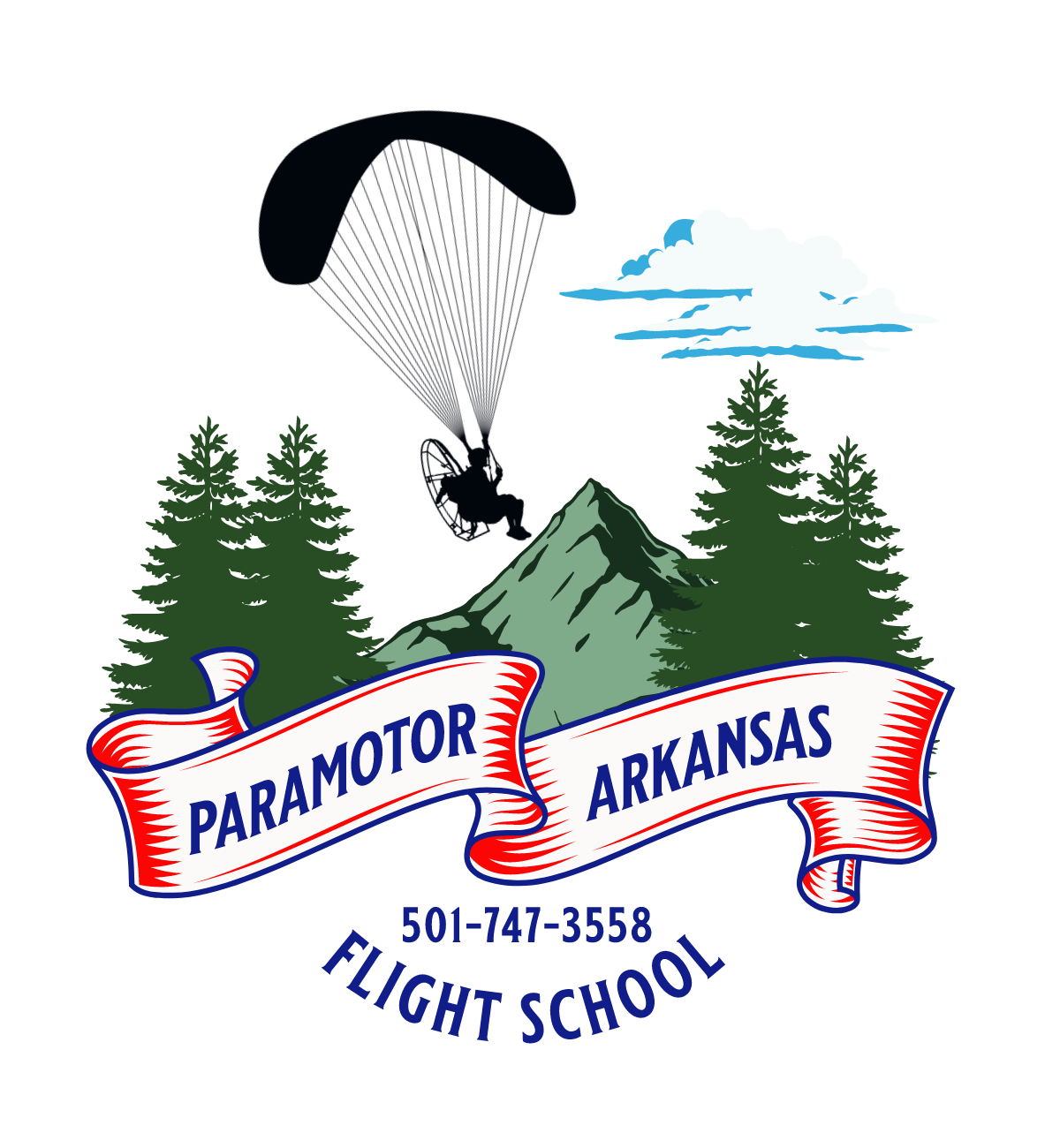Can I paramotor in urban areas?
Paramotoring in urban areas involves specific considerations and potential challenges due to the proximity of buildings, people, and restricted airspace. Here's a detailed overview:
Factors to Consider:
-
Airspace Regulations:
- Check local aviation regulations and airspace restrictions. Urban areas may have controlled airspace, making it important to adhere to regulations and obtain necessary permissions.
-
Safety Concerns:
- Urban environments pose unique safety challenges. Consider the presence of buildings, power lines, and other obstacles. A thorough risk assessment is crucial.
-
Noise Considerations:
- Paramotors generate noise, and urban areas often have noise restrictions. Be aware of local noise regulations and the impact of your flight on residents.
-
Land Use Regulations:
- Check local land use regulations. Takeoff and landing sites should comply with zoning laws, and private property permissions may be required.
-
Emergency Landing Areas:
- Identify safe emergency landing areas. Urban areas may have limited open spaces, so planning for emergencies is crucial.
-
Crowded Areas:
- Avoid flying over densely populated areas to minimize risks in case of an emergency. Fly in areas with sufficient landing options.
-
Weather Conditions:
- Urban areas may experience different wind patterns due to buildings. Consider how wind behaves between and around structures.
Permissions and Notifications:
-
Local Authorities:
- Contact local aviation authorities and municipalities to understand any specific requirements or restrictions.
-
Air Traffic Control (ATC):
- If flying near controlled airspace, coordinate with ATC and obtain necessary clearances.
-
Local Residents:
- Inform local residents and authorities about your flight plans, especially if you plan to fly regularly in the area.
Alternatives:
-
Fly Outside Urban Areas:
- Consider flying in open rural areas away from densely populated regions.
-
Events and Airshows:
- Participate in organized events or airshows where appropriate permits and safety measures are in place.
-
Training Schools:
- If you're a beginner, seek training in designated paramotor training areas away from urban environments.
Safety First:
-
Emergency Procedures:
- Be well-versed in emergency procedures, including engine-out scenarios and emergency landings.
-
Training:
- Obtain proper training from certified paramotor instructors, emphasizing urban-specific challenges.
-
Equipment Inspection:
- Regularly inspect your paramotor and equipment to ensure they are in optimal condition.
-
Weather Awareness:
- Stay updated on weather conditions, especially wind patterns, to enhance safety during flight.
Always prioritize safety and compliance with local regulations when considering paramotoring in urban areas. Consulting with experienced paramotor pilots and local aviation authorities can provide valuable insights and guidance.
